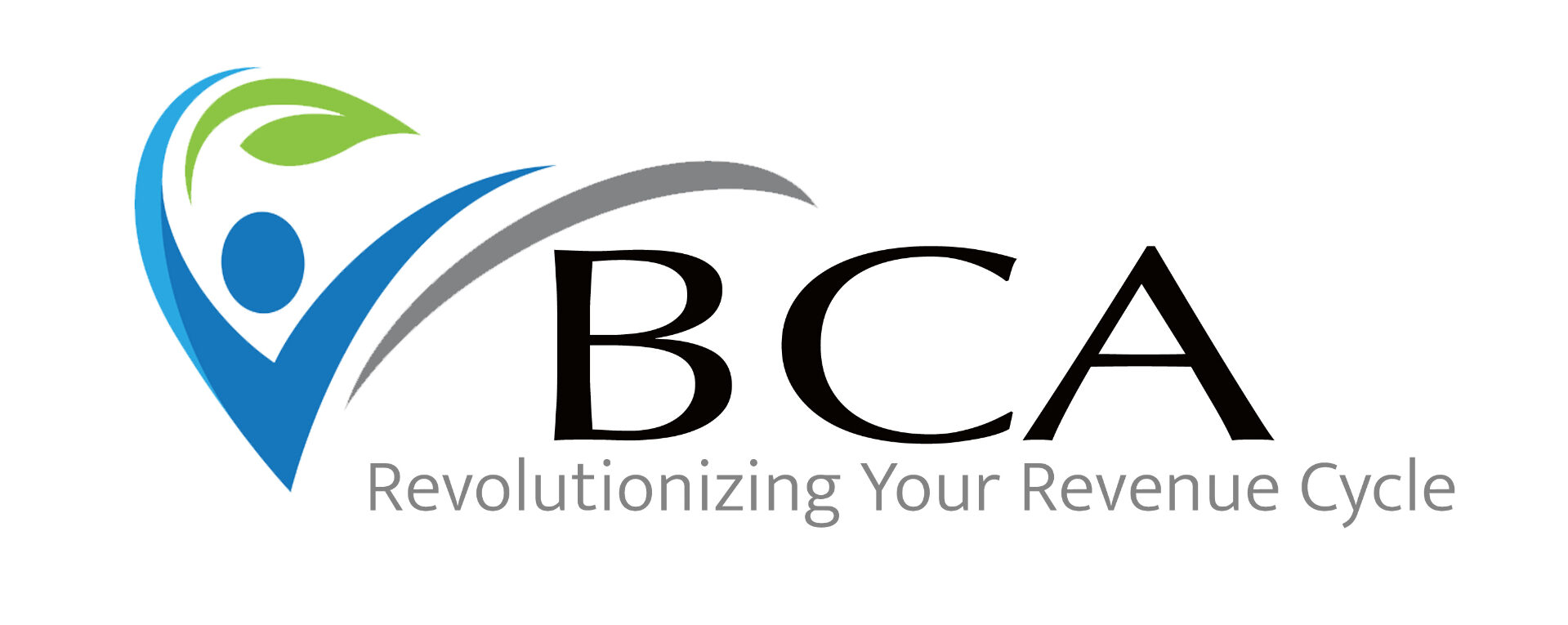In Medical Decision Making (MDM), the “Data” element captures the work you do in gathering, interpreting, and using clinical information. It’s more than just checking a box—it’s about documenting the specific cognitive work involved. This element is often miscounted, which can skew MDM scoring and billing compliance.
The Three Categories of Data
Per AMA CPT® guidelines, data is grouped into three categories. Points are awarded based on the number and type of items documented.
Category 1: Tests, Labs, and Imaging (Order or Review)
- Includes things like blood work (e.g., CBC), X-ray, urinalysis, EKG
- Ordering or reviewing a test counts as one data point—but ordering and reviewing the same test only counts once.
- Example: Ordering a chest X-ray and personally reviewing the image = one point (not two).
Tip: Specify the test ordered and/or reviewed. “Labs reviewed” is too vague—document which labs along with your clinical impression.
Category 2: Independent Interpretation of a Test
- Applies when you personally interpret a test rather than relying solely on a report
- Examples: Reading an EKG strip, interpreting an X-ray, or reviewing pathology slides yourself
- Must document your interpretation and findings
Category 3: Discussion of Management or Test Interpretation with External Clinician
- Includes conversations about findings with a radiologist, consulting with a specialist, or discussing results with another treating provider
- Must document: who you spoke with, what was discussed, and why it mattered for patient care
Common Pitfalls in Documentation
- Double-counting: Ordering and reviewing the same test counts only once in Category 1(Tests, Labs, and Imaging).
- Vague notes: “Reviewed imaging” without specifying type and findings, this won’t support MDM credit.
- Missed opportunities: Not documenting independent interpretations or external provider discussions means losing legitimate data points.
Why It Matters
The Data element can bump an encounter from low to moderate complexity when combined with the Problem and Risk elements. CMS, AAFP, AAPC, and AHIMA all stress that specificity in documentation is key to accurate scoring.
Final Takeaway
When it comes to MDM Data, be deliberate:
- Name the test, imaging, or record reviewed
- Document your interpretation if you did it yourself
- Clearly capture external discussion in your documentation
Remember, for coding purposes – If you don’t document it, it didn’t happen.
Next in the Series
August 28 – MDM Risk: The Most Misunderstood Element
Sign up for our mailing list and follow along for more Back to Basics insights. http://eepurl.com/ihek1L
